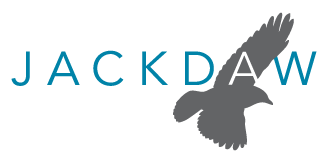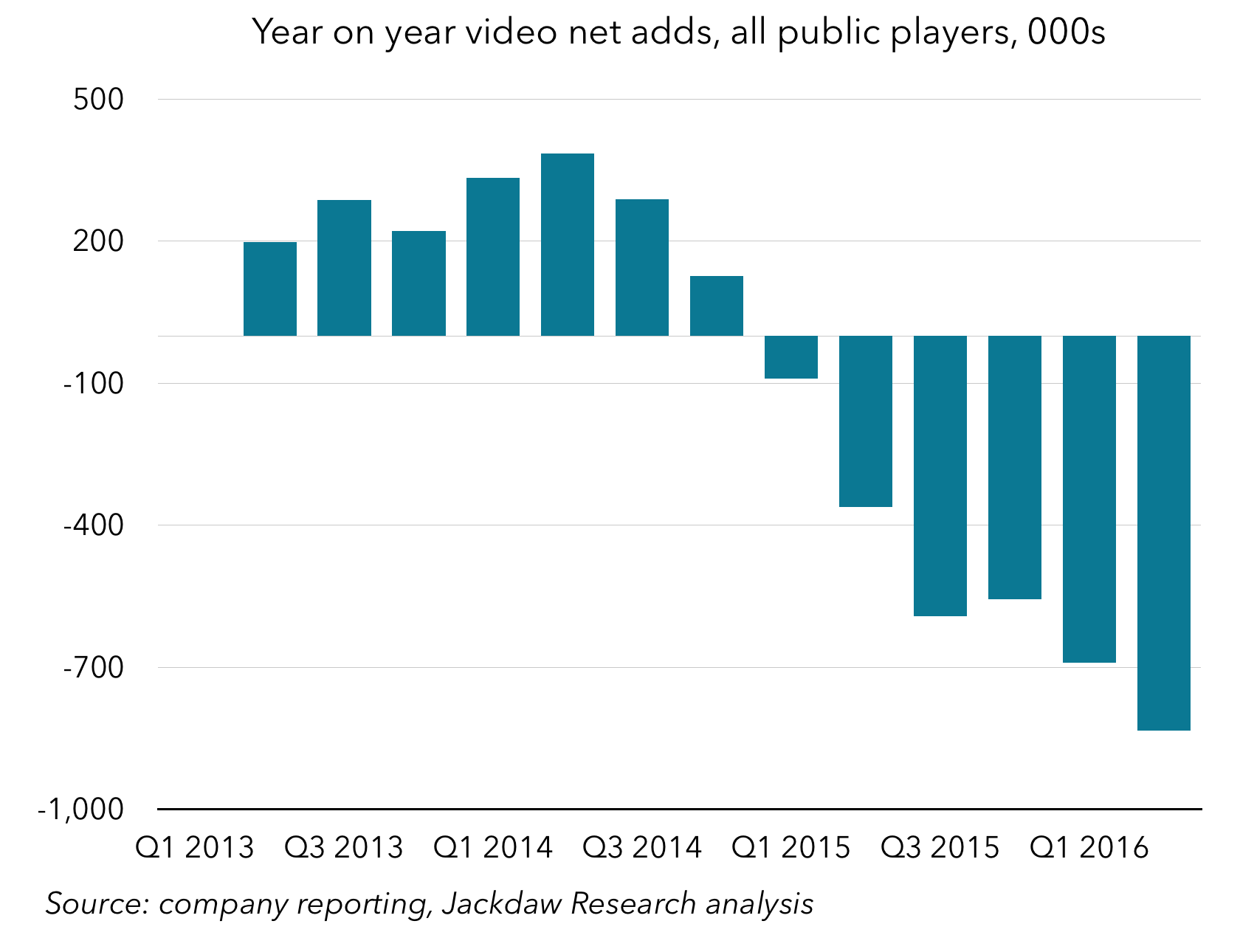Apple today announced three new MacBook Pros and also introduced a new TV app for the Apple TV, iPad, and iPhone. The comments below may be attributed to Jan Dawson, Chief Analyst, Jackdaw Research. Jan is also at the Apple event and can be reached at 408 744 6244 or jan@jackdawresearch.com.
Apple now has the most compelling and coherent lineup of laptops it’s had in several years. But Apple’s laptops no longer enjoy the kind of big hardware advantage they’ve had in the past. Instead, what we’re seeing is an increasingly stark difference in the philosophical approach taken by Apple and Microsoft in relation to touch on devices. Whereas Microsoft this week reemphasized its touch displays for Windows PCs with the Surface Studio, Apple reserves full touch displays for its iOS devices and focuses on the horizontal plane when it comes to interaction with Macs. The Touch Bar and larger trackpad reinforce this sense that Apple thinks you want to interact with your laptop while keeping your hands down rather than constantly reaching up and touching the screen. The Touch Bar clearly borrows heavily from some of the work done in recent years on iOS including predictive text and emoji translation, but does so in a way that’s optimized for the Mac, while Microsoft’s approach is more about the same interfaces everywhere. Apple has also come up with some clever adaptations for the Touch Bar based on the context, and it will be interesting to see how third party developers use this feature – there’s a lot of potential there. Touch ID will be a nice addition for security and online payments.
If you focus just on the most recently released devices, Apple’s laptop lineup now runs from the 12” MacBook through the more powerful new MacBook Pros, with sizes from 12 to 15 inches and weights from two to four pounds. This should provide options for everyone from those needing basic performance through to professionals working with processor-intensive creative apps, while every model in the lineup is now more portable as well. Apple is also borrowing from its iPhone and iPad strategy in keeping older devices around while the focus will shift to these newer models. The more powerful MacBook Pros are also now viable substitutes for desktops in all but the most demanding workflows, especially when paired with the new LG displays. Interestingly, the new models all feature the older Intel Skylake processors rather than the newer Kaby Lake processors, because the specific chips Apple is using don’t have equivalents in the Kaby Lake line yet.
Apple’s new TV app seems like yet another incremental step in the direction of a TV service. The biggest flaw in Apple’s vision of the future of TV being apps is that there are just so many apps (1600 video apps on the Apple TV alone), and dipping in and out of them isn’t a great user experience. The TV app provides a unifying interface that overcomes the fragmentation associated with an app model and brings much of the relevant content together. The big piece that’s missing at this point is live TV, which still requires individual apps, though Siri can help launch those. The new TV app should make Apple TV easier to use, and create something more analogous to the programming guides on pay TV services. However, Apple’s ability to get holdout app makers like Netflix on board will determine how useful the app ultimately is – the proposition breaks down pretty quickly if major apps are missing.

